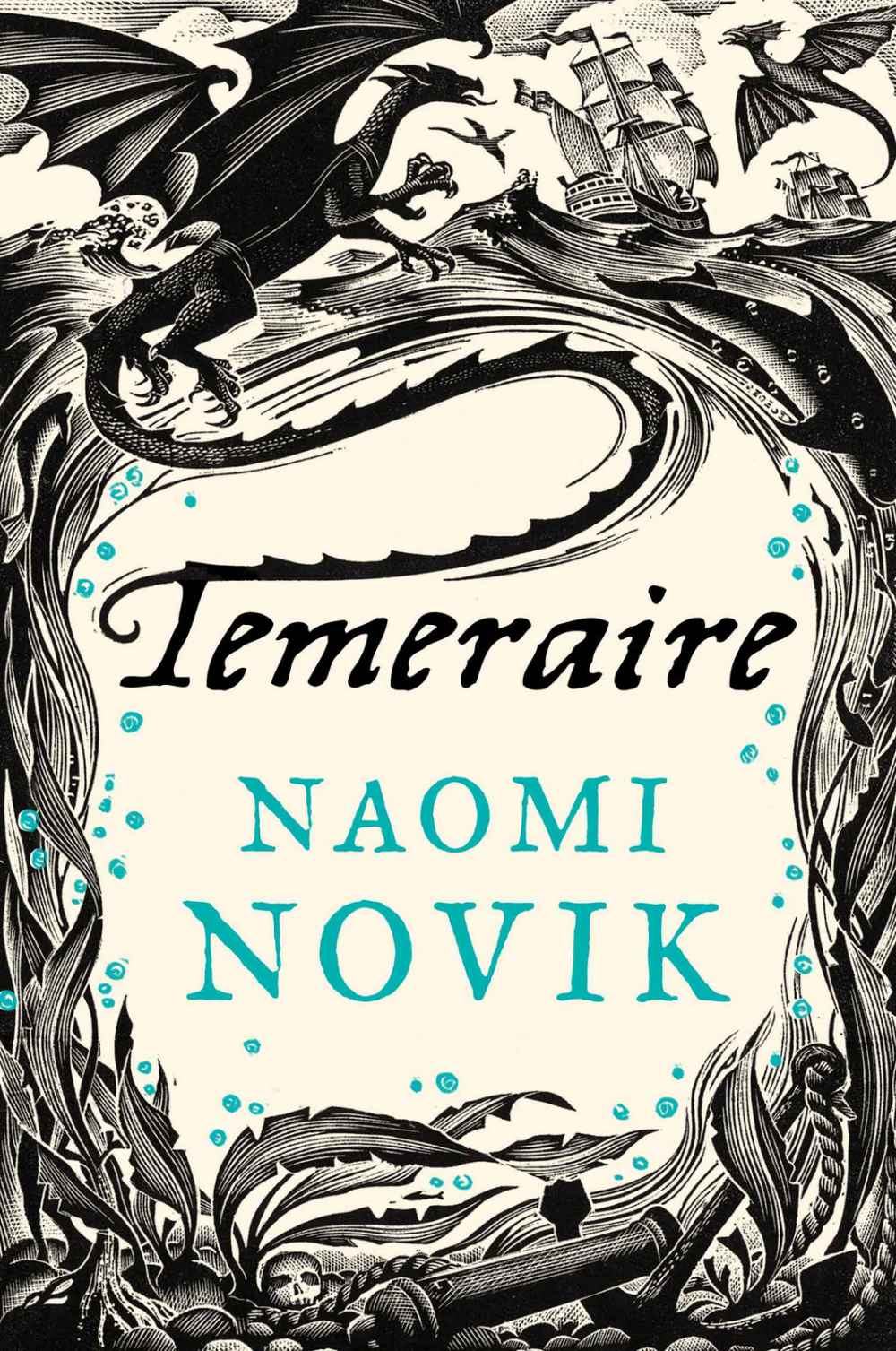By Naomi Novik
I have to credit Helen O’Hara, Deputy Editor of Empire Online, for her recommendation of this book; on the Empire podcast, when answering readers’ questions about what good books haven’t been adapted into film, she mentioned this book (with a description of ‘Napoleonic wars with dragons’) and because she is smart and cultural person, I knew I had to read it. And I’m very glad I did because it is a great and enjoyable read.
It is the early 19th century, and Will Laurence is a captain in the Royal Navy. His ship captures a French frigate, only to discover a most unusual prize below decks: a dragon’s egg. Because this is a world in which dragons of many different types exist and they are bred and used for fighting battles. Laurence’s ship is far out at sea but the egg is near to hatching – normally, dragons are hatched on land with trained aviators nearby to handle them – and so it is that the dragon hatches and chooses Laurence; Laurence names him Temeraire after a magnificent captured French vessel (it is the French word for ‘daring’), unaware that other aviators name their dragons with grand Latin names. And so Laurence’s life is changed forever by duty – no longer can he stay in the navy, the world he has known all his life, for he is now an aviator in the Royal Aerial Corps, a world considered unsuitable for a gentleman. The book then follows Laurence, an outsider, and Temeraire, a rare Chinese dragon, as they start their training and enter the war.
This is a really enjoyable read, not only for the novel story idea, but also because of the style of the prose: it is written in a style echoing the times, as does the dialogue and the manners which dictate society of the time. Laurence is son of a lord and has been raised accordingly, and is used to the strict code of etiquette and discipline of the navy, and the ways of a gentleman in polite company. His world is one of rules and conduct, of gentlemen being dressed properly, of women having no place in war; Novik elegantly portrays this society and the differences therein, in a well-researched book that really puts the reader in the historical context of the time. The grounding of the book in the reality of the Navy (I’ve never read the Master and Commander books by Patrick O’Brian – I’ve only seen the film, but I could hear that voice in this book when I was reading) allows the book to blossom into the fantastical without any loss of believability, an impressive feat for a debut novel.
I really liked this book – the world of dragons is so three-dimensional, with the different types (Regal Coppers, Longwings, Winchesters, Yellow Reapers) and the extravagant names given to them by their handlers, the characters (both human and dragon) are vividly drawn and interesting, and the setting is a perfect one for introducing fighting with flying (the battle scenes are dynamic and thrilling) when the world was about to be dominated by the power of the Navy. I’ve got lots of catching up to do – there will be nine books in total in this series (the ninth to be published this year) – and I’m going to enjoy the task.




